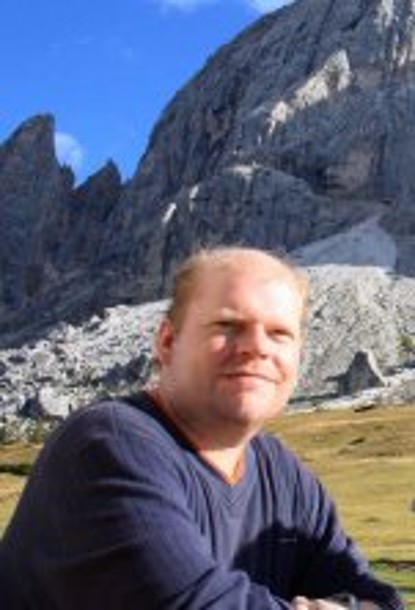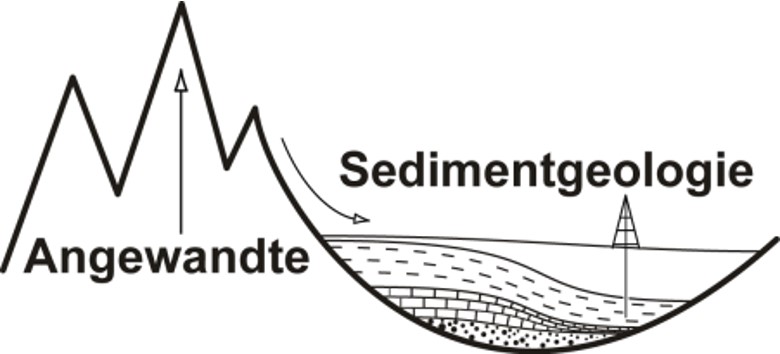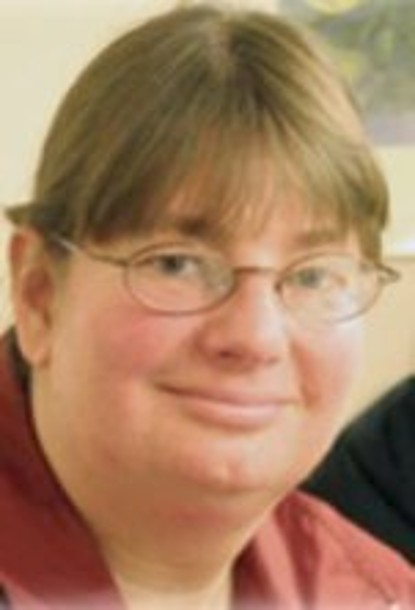Applicant: PD Dr. Olaf Lenz
Funding: DFG (Gepris)
Persons of Charge: PD Dr. Olaf Lenz
Duration: 2018 – 2024
Summary
The sedimentary succession of the Helmstedt Mining District (Lower Saxony, Germany) covers the entire Paleogene greenhouse phase and its gentle demise almost continuously from the latest Paleocene to the middle Eocene, including the Early Eocene Climatic Optimum (EECO) and its steady but slow decline, the transition to the Middle Eocene Climatic Optimum (MECO) and some short-term warming events such as, e.g., the Paleocene-Eocene Thermal Maximum (PETM). The more than 200 m thick section comprises 13 lignite seams and their interbeds which formed in an estuarine setting at the southern margin of the Proto-North Sea.An appropriate selection of samples from a large stock offers a unique chance for studying both, long- and short-term interaction between the composition of vegetation as well as plant diversity and climate by applying pollen and spores as proxies across the last natural greenhouse system. The identification of the thermal events will be done by analyses of carbon isotopes, since especially short-term events such as the PETM coincide with pertubations in the global carbon cycle, manifested in negative carbon isotope excursions. With the exact identification in the succession, it is possible to reconstruct the vegetation for times before, during and after specific thermal events. In a project of the Senckenberg Research Institute and Natural History Museum in Frankfurt am Main, a large number of samples will be examined qualitatively and quantitatively with regard to the taxonomic composition of the microflora using conventional light microscopy and scanning electron microscopy studies on selected samples in close cooperation with the working group. Several multivariate statistical methods will be used for distinguishing associations of pollen taxa which are most probably representing distinct plant communities that can be traced in their development over time and throughout the thermal events. Special focus is on diversity changes in the vegetation using measures such as richness and evenness.

PD Dr. habil. Olaf Lenz
Contact
lenz@geo.tu-...











